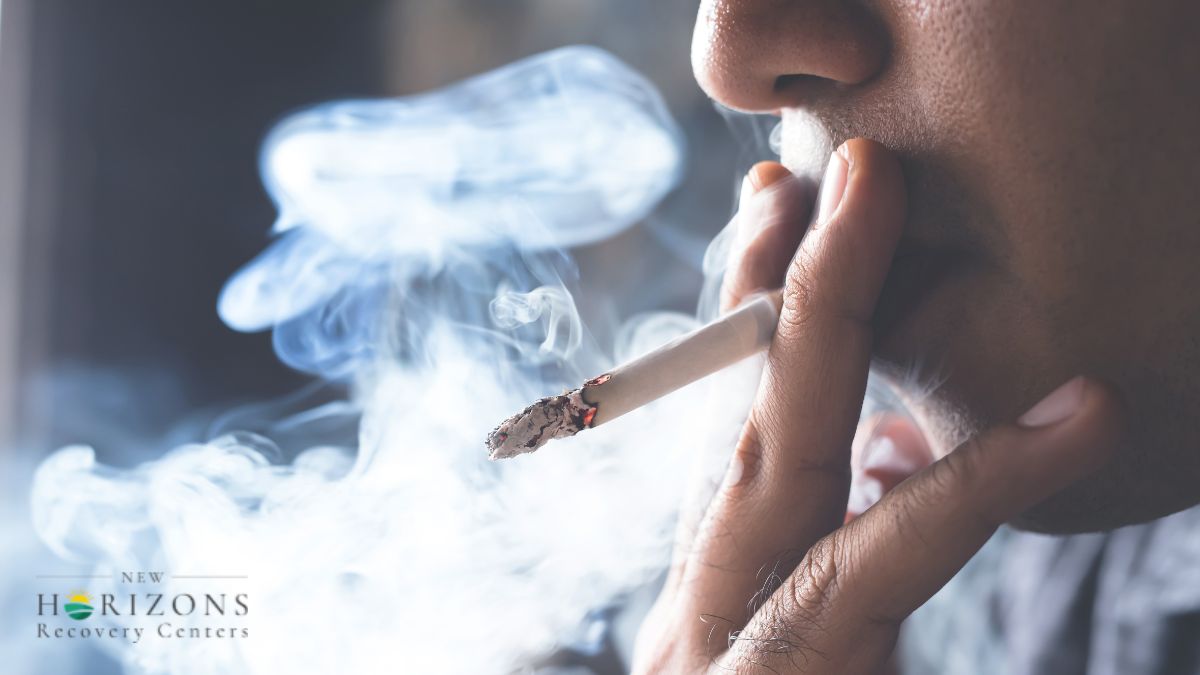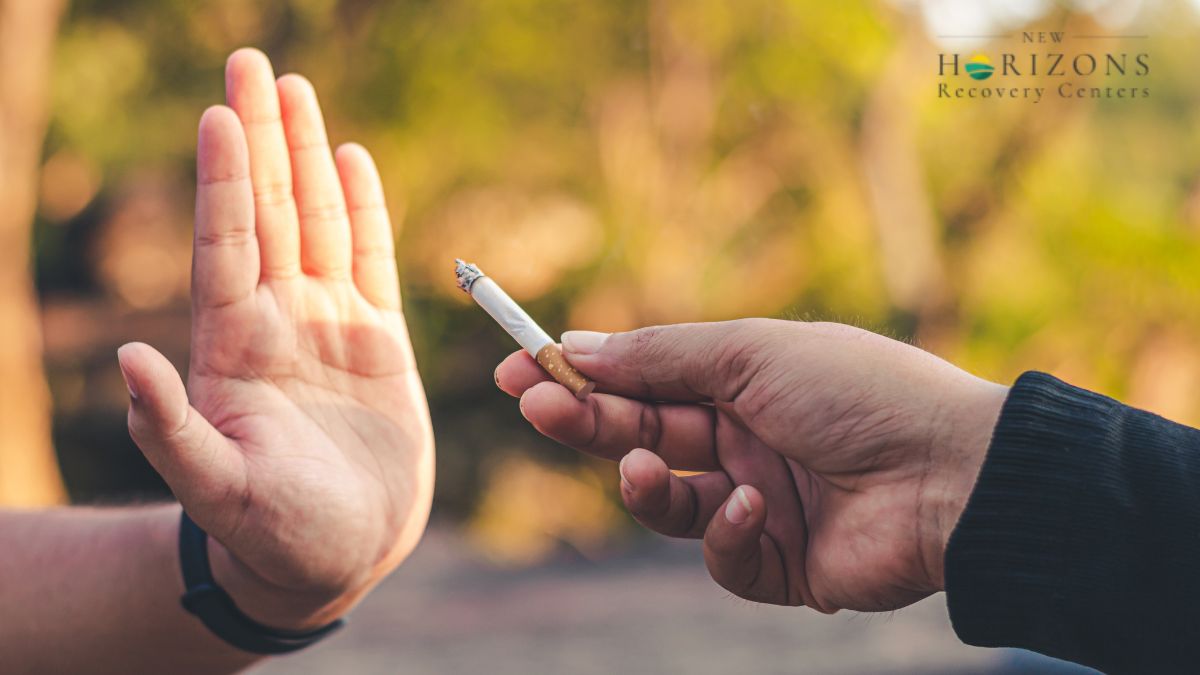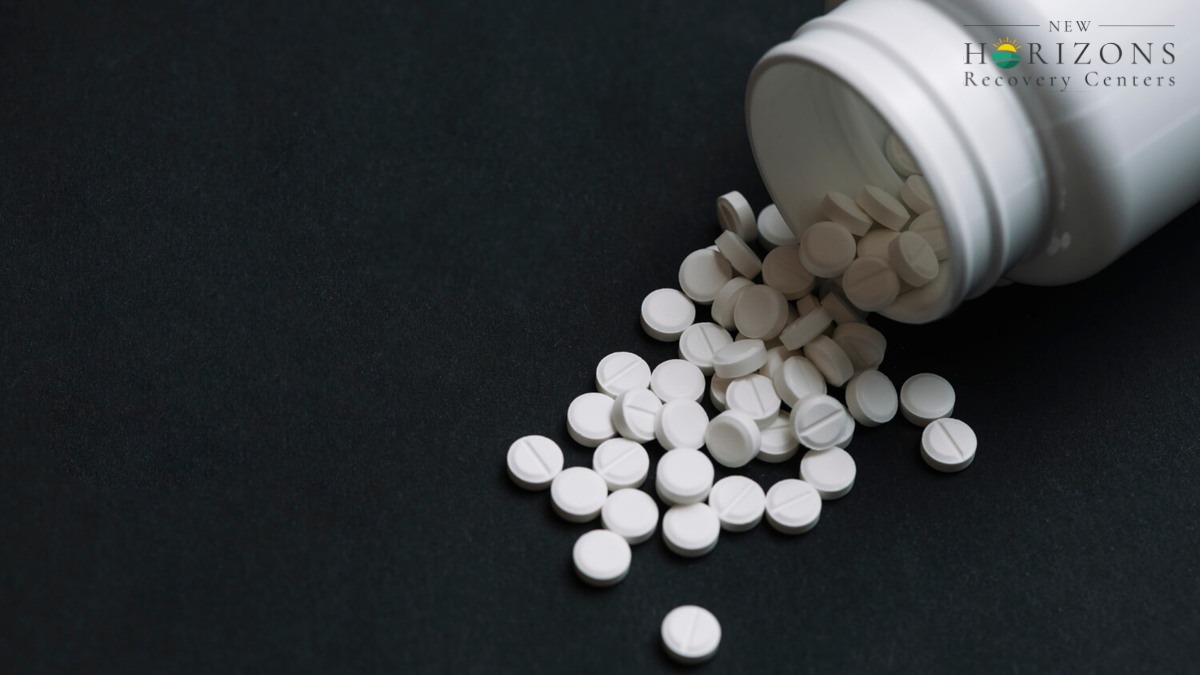Key Points:
- Quitting smoking in recovery improves sobriety by reinforcing shared skills like craving management and relapse prevention.
- Stopping both addictions together increases long-term abstinence by 25% and reduces health risks quickly.
- Aligning a quit date with treatment routines and support systems strengthens outcomes and lowers relapse across substances.
Smoking in recovery means choosing the right quit timing to align with cravings plans and support systems. Quitting early or soon after treatment strengthens sobriety, improves health outcomes, and works best with structured routines, medication, and daily tracking.
This guide shows how to choose your moment, map the first weeks, and use simple tools without adding extra stress.

Why Timing Is Crucial For Sobriety And Health
Quitting during early sobriety raises common fears. Many worry that changing two habits at once will be too hard. Evidence shows the opposite pattern for many people. Ending tobacco use during treatment or soon after can help the same recovery skills land, like spotting relapse triggers, cue control, and support calls.
Cravings for nicotine and alcohol or drugs share cues that often show up in discussions about nicotine in recovery. The same plan that keeps you out of risky places can lower smoke breaks. The same five-minute delay you use for a drink urge can also cool a cigarette urge. That overlap is the reason timing matters. When you align both goals, you practice one set of skills across two problems and save energy.
A clear health case exists as well. Quit attempts are common, yet sustained success is rare without structure. In 2022, fewer than 10% of U.S. adults who tried to quit cigarettes were successful, and fewer than 40% used counseling or medication.
Try this now:
- Write one trigger list that covers tobacco and substance cues at the same time.
- Choose a daily check-in time and log urges for both.
- Tell one support person your plan for the next 24 hours, not the next 24 weeks.
Smoking in Recovery: Quit Now Or Wait
Smoking in recovery raises a tough choice. Some choose to delay for a few months to focus on core routines. Others quit during treatment or early after discharge. Two facts can guide the call.
First, quitting smoking is linked to better remission from other addictions. A recent analysis of a large U.S. cohort found that people who moved from current to former smoker status had 42% greater odds of being in recovery from another substance use disorder over four years.
Second, the health payoff starts fast and compounds over time. Risk reduction builds year by year. Ten years after quitting, the risk of lung cancer drops to about half that of someone who still smokes.
Decision points to weigh:
- Stress load today: Choose a quit date inside a calmer two-week window.
- Support at home: Confirm rides, meals, and quiet time for the first week.
- Medication access: Set up nicotine replacement or prescriptions before day one.
- Group rhythm: Use your meeting schedule for extra contact on days 1 to 7.
Early Days Playbook: Cravings, Triggers, And Boredom
The first week challenges attention and mood. Short routines beat vague goals. Treat cravings like waves. Most last a few minutes, then pass. Map your day to keep hands and mouth busy and to reduce idle time.
Core moves for week one:
- Delay and redirect: Tell yourself “after five minutes,” then sip water, walk, or text someone.
- Change the scene: Move rooms, step outside for air, or switch tasks for five minutes.
- Reset the cue: Replace the smoke break with gum, a lozenge, or paced breathing.
- Use tools on schedule: Wear the patch daily and add gum or nicotine lozenges for spikes if approved by your clinician.
- Protect sleep: Go to bed earlier and keep screens low. Fatigue can drive urges.
For many readers, quitting smoking in recovery feels more doable when you shrink goals to six small decisions per day instead of one big vow at sunrise.
Smoking Recovery Timeline You Can Feel
Timelines give hope when motivation dips. Everybodyis different, so treat these as ranges rather than promises. The point is to notice gains you might miss while cravings are loud.
Day 1 to Day 3. Taste and smell sharpen. Irritability peaks then eases. Water, walks, and short calls help.
Week 1 to Week 2. Breathing starts to feel easier on stairs, and heart recovery gains show up with smoke-free weeks. Morning cough may shift as airways clear. Short workouts feel less heavy.
Month 1 to Month 3. Energy climbs. Daily tasks take less effort. Focus improves as nicotine leaves your routine.
To keep progress visible, sketch a simple smoking recovery chart in a notebook. Track sleep, urges, and wins. Many people like a seven-day grid that they update in one minute at bedtime. If visuals motivate you, print a smoking recovery timeline and mark milestones like Day 3, Week 2, and Month 1.
Everyday Choices: Food, Movement, And Mood
Food can steady blood sugar and reduce cravings. Small meals prevent jitters. Simple snacks keep hands and mouth occupied. If you want a quick phrase to remember, use “fiber, protein, water.”
Make meals work:
- Breakfast anchor: Oats or eggs with fruit gives steady energy.
- Snack smart: Nuts, yogurt, or veggies with hummus calm hunger without a sugar crash.
- Hydrate often: Water or unsweetened tea reduces the dry-mouth cue.
Tension often rises at night. Light movement helps. A slow walk after dinner can cool urges and improve sleep. If you searched smoking recovery food, keep it simple and repeat what works. The goal is not a perfect diet. The goal is fewer spikes and fewer triggers.
Tools That Help in the Process
Three options have strong track records and can be combined under guidance from a clinician.
- Nicotine replacement therapy: Patches create a steady base, while gum or lozenges handle spikes.
- Bupropion: A non-nicotine pill that reduces cravings and can support mood.
- Varenicline: A non-nicotine pill that blocks rewards from cigarettes and lowers urges.
Medication decisions depend on your history and current prescriptions. Plan a quick talk with your prescriber. Bring your quit date. Ask for a written schedule and side-effect tips in plain terms. If you searched quitting smoking while in recovery, show your clinician your support plan so meds match real life.
What To Do If You Relapse On Cigarettes
Slips happen, and a cigarette does not erase progress. Treat it like data and recognize the moment before the slip.
Fast reset after a slip:
- Rebuild the next hour: Hydrate, eat a small snack, and text someone who already knows your plan.
- Change one cue: Toss lighters or the ashtray and move to a new room for the evening.
- Log the trigger: Write three words about what led to the slip and one change for next time.
If you searched what to do if you relapse smoking, think in short windows. Aim for smoke-free until bedtime. Set a new 24-hour goal in the morning.

Life Admin: Money, Routines, And Social Plans
A pack-a-day habit costs real money over months and adds to addiction finances strain. Turning that cost into a visible reward can keep a slow week moving. Put the saved cash in an envelope or a separate app bucket. Choose a reward that actually excites you and set a date for it.
Social time can be tricky. Tell friends who smoke that you are taking a break from smoke breaks. Offer to sit somewhere else or meet for coffee instead of at a bar. If someone pressures you, leave early. Protecting sobriety is the point.
If you wondered, “Can i smoke after quitting?”, the honest answer is that even a single “just one” resets the nicotine loop for many people. Keep that thought front and center when a craving script tries to bargain.
Rehab Rules And Real-World Planning
If you are entering treatment, ask about tobacco policies and support. Many programs offer nicotine replacement and groups. If on site smoking areas exist, plan how you will manage that cue during breaks. If tobacco-free grounds are in place, plan how to handle urges during group pauses.
If you looked up smoking in rehab, pack gum, lozenges, and a written coping list, and ask staff how to access extra help on hard days.
Track Progress You Can See
A simple smoking recovery chart makes small wins visible. Most people like a one-page grid with columns for urges, triggers, tools used, and mood. Checkboxes keep it quick. Pair the chart with a nightly five-minute review and lean on simple recovery tools that keep data visible.
How to use the chart:
- Morning: Read your notes from yesterday and set one focus for today.
- Afternoon: Add a tick mark for each urge and what you tried.
- Night: Circle one win and one lesson to carry into tomorrow.
The chart gives you a story to tell your counselor, sponsor, or peer group. It also proves that a rough day was one day. If you searched smoking recovery timeline, this is the version you control.
Motivation That Lasts Past Month One
Motivation fades without fresh reasons. Keep adding new ones. Better breath during workouts. More cash in the reward jar. Fewer coughs in the morning. These are quiet signals that your system is healing.
If you worry that quitting might shake your sobriety, the best current evidence suggests the reverse for many people. In a large national sample, shifting from current to former smoker status correlated with 42% greater odds of being in recovery from another substance use disorder over four years. Keep that link in mind when you decide on your timing.
Finally, do not go it alone. In 2022, fewer than 10% of quit attempts led to success, and less than 40% used treatment. Make your attempt different by using counseling and medication from the start.
Build A Personal Plan In Three Steps
You can build a solid plan in one short session at the kitchen table. Write it by hand and keep it in your bag.
- Pick a date within 14 days. Circle two calm weeks and mark your quit morning.
- Choose tools and people. List your nicotine replacement or prescriptions and three support contacts by name.
- Script the first week. Plan meals, rides, meetings, and rewards. Write how you will handle mornings, afternoons, and nights.
If you already quit and slipped, do the same steps with tomorrow’s date. Use the plan to guide the next 24 hours.

Frequently Asked Questions
How does smoking affect recovery?
Smoking disrupts recovery by reinforcing addiction pathways and triggering cross-substance cravings. Quitting smoking during treatment improves long-term abstinence rates by 25% and boosts remission outcomes. High tobacco-related deaths in recovery populations support treating both addictions together.
Do people go to rehab for smoking cigarettes?
People attend rehab for smoking cigarettes through specialized programs treating tobacco use disorder. Clinics and hospitals offer residential and outpatient services using counseling, medications, and relapse prevention.
Can you be sober and still smoke cigarettes?
People can be considered sober while still smoking cigarettes, as most programs do not count nicotine use as a relapse. However, quitting smoking improves recovery outcomes. Studies show that stopping tobacco use increases remission rates and supports long-term sobriety when paired with counseling and medication.
Start Strong With the Right Team
Drug addiction treatment in Pennsylvania and Ohio gives you therapy, relapse-prevention skills, and coordinated support that you can apply to tobacco as well as other triggers. New Horizons Recovery Centers offers evidence-based care and a supportive community focused on daily wins and long-term stability.
Reach out today to set a plan that aligns your quit date with steady counseling, practical tools, and real-world routines that help you stay smoke-free and sober.





-ink.jpeg)
-ink.jpeg)
